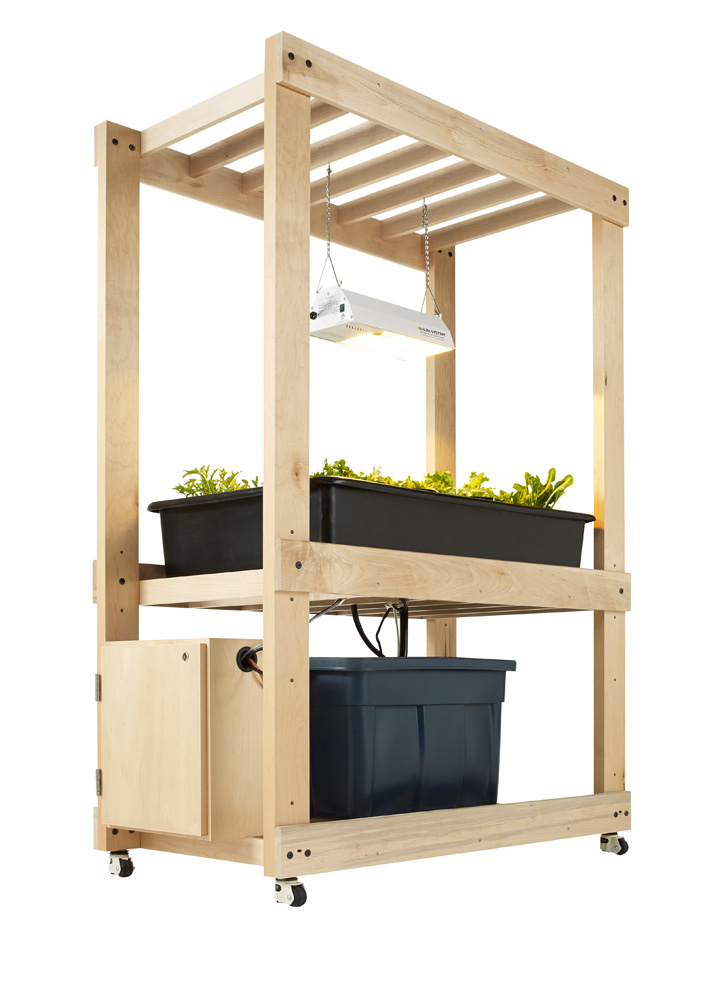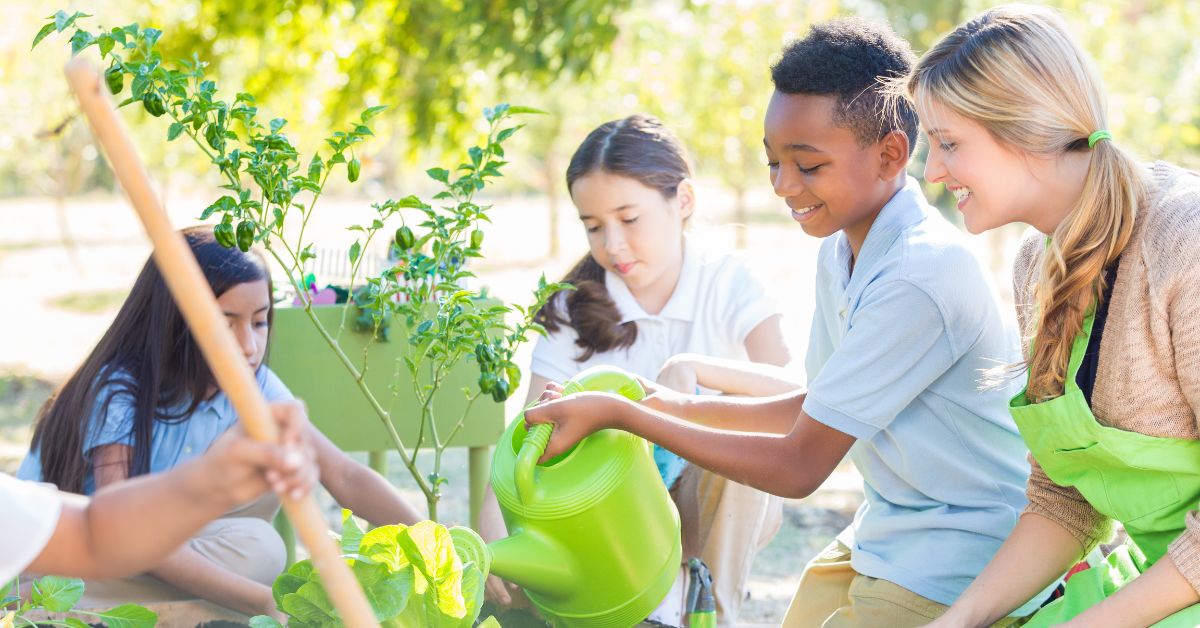Each year, schools and universities generate about 562,442 tons of waste each year just in California. Can you imagine how much waste is produced in schools and universities across the United States?
Fortunately, many schools are already reducing their environmental impact. And your school can too! There are many ways to promote sustainability and teach kids about caring for our environment. Check out our favorite ways to improve sustainability in the classroom:
1. Choose the right furniture
One of the best ways to improve sustainability in the classroom is by choosing the right furniture. Unfortunately, there’s a lot of classroom furniture that isn’t manufactured with the environment in mind.
But the good news? There are companies out there that make environmentally friendly classroom furniture! At Diversified Spaces, the wood we use to build furniture is sourced from sustainably managed forests.
What’s sustainable forestry?
Sustainable forestry is the practice of regulating forest resources to meet the needs of society and industry while preserving the forest’s health. We ensure the wood we use comes from forests certified by the Forest Stewardship Council (FSC) and/or the Sustainable Forestry Initiative (SFI). Find out more about the forests we source our wood from!

2. Plant a garden.
Want to get your students involved? Plant a class garden. Growing a garden provides a wonderful hands-on learning experience and can also help students feel more connected to the environment.
Our Sprout Plant Growing Stand is the perfect way to start a class garden! This unit features 20 plastic trays (4 per shelf) that provide the perfect space to start seedlings indoors and watch them grow.
If you want to take it up a notch, consider teaching them about hydroponics. Hydroponics is the process of growing plants in sand, gravel, or liquid, with added nutrients but without soil.
Hydroponics is also very sustainable! In fact, hydroponic systems use less water – as much as 10 times less water – than traditional field cropping water methods because the water in a hydroponic system is captured and reused.
Not sure how to get started? Our Sprout Hydroponic Growing Center makes it easy to start teaching students about hydroponics! This unit features a self-contained ebb and flow hydroponics growing system perfect for showing students how plants can grow without soil. Learn more about our Sprout Hydroponics Growing Center.
3. Get creative with trash.
Broken pencils, plastic bottle caps, wrappers, you name it! Trash is all around us. But instead of throwing the rubbish out, let your students get creative! You can do a quick Google or Pinterest search to find fun ways to repurpose them. It’s better to give the trash a second life rather than go to a landfill.
4. Educate through STEM activities.
Students are the future – that’s why it’s important to teach them about sustainability at an early age. What we teach them about sustainability now will affect their lifestyle choices in the coming years. It will allow them to take responsibility for their actions, plan for the future and maintain a healthier planet for generations to come. Here are some great STEM activities you can implement in your lesson plans to give students a chance to learn more about environmental science and sustainability.
While incorporating sustainability into schools and classrooms may not be the easiest initiative, it is certainly achievable. Implementing the sustainable practices mentioned above will not only teach students to take care of our planet but also turn them into environmentally responsible citizens.

